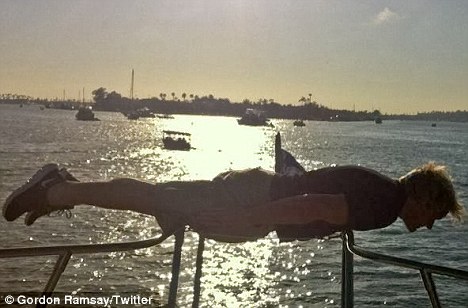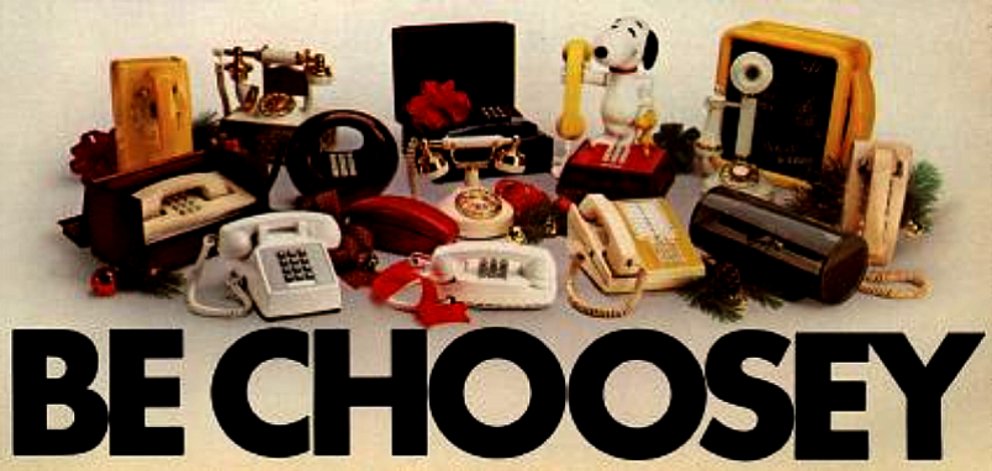Sew La Ti Embroidery [Search results for Internet]
Near East: Byzantine church in Turkey for sale on Internet

Modern mailboxes for your correspondence

RIP 'planking': Internet craze officially dead after Gordon Ramsay tries his hand at the latest online fad

Teenager charged with trespassing on railway - after planking photo ends up on Facebook

The Bulldogs (based on an underground comic-book)

Plug in | Art

Current Project
Sew and Tell Friday
Fit for Real People

Sewing is Taking Over My Life

It's Here!!!
Oh blogging, how I have missed you!
A Majesty of the Mailbox

Picasso, Matisse and... Tim Burton!..
Improv Inspiration
Song Ji Sun committed suicide

Middle East: Interpol steps up search for artefacts looted by ISIS

Uranium's Impact on Heavy Music, in the words of Mistress Juliya

The French house of fashion Louis Vuitton







